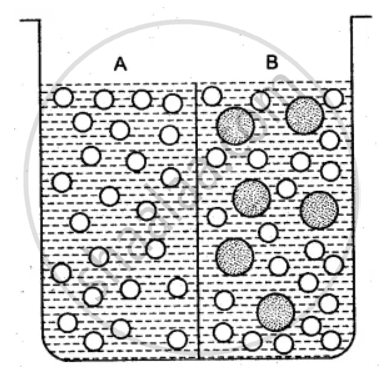Advertisements
Advertisements
प्रश्न
Give two examples of turgor movements in plants.
उत्तर
Examples of turgor movements in plants:
- The rapid drooping of the leaves of the sensitive plant (Mimosa pudica) is an outstanding example of turgor movement.
- If one of the leaves is touched, even lightly, the leaflets fold up, and within 2 to 3 seconds, the entire leaf droops. If the leaf is touched somewhat strongly, the wave of folding and drooping spreads from the stimulated leaf to all neighbouring leaves.
- Slowly, the leaves recover and again stand erect. In this plant, the stimulus of touch leads to loss of turgor at the base of the leaflets and at the base of the petioles, called pulvinus.
- Somewhat similar turgor movements are found in insectivorous plants, whose leaves close up to entrap a living prey.
- The bending movements of certain flowers towards the sun and the sleep movements of the leaves of certain plants at night are also due to turgor movements.
APPEARS IN
संबंधित प्रश्न
Leaves of the sensitive plant wilt and droop down on a slight touch. What mechanism brings about this change?
Two potato cubes each 1 cm3 in size, were placed separately in two containers (A&B), the container (A) having water and the other (B) containing concentrated sugar solution. After 24 hours when the cubes were examined, those placed in water were found to be firm and had increased slightly in size and those placed in concentrated sugar solution were found to be soft and had somewhat decreased in size. Use the above information to answer the questions that follow:
Account for the firmness and increase in the size of the potato cubes placed in water.
Show by a series of diagrams, the change which a plant cell will undergo when placed in
Hypertonic salt solution
Show by a series of diagrams, the change which a plant cell will undergo when placed in
Hypotonic salt solution
Distinguish between the following:
Plasmolysis and deplasmolysis
The beaker is divided into two chambers A and B. The big circle represents solute and the small circles solvent.
(i) What can you say about the size of the holes in the membrane, if it is to behave semi- permeably between these two?
(ii) Will the solvent molecules pass through the membrane from left to right, from right to left, in either direction or in both directions?
(iii) In which direction will there be a net movement of solvent molecules?
Name the following:
The pressure through which water can rise upto some feet.
Mention, if the following statement is True or False. If false rewrite the wrong statement in its correct form:
Plasmolysis makes the cell turgid.
Explain the Term: Osmosis
